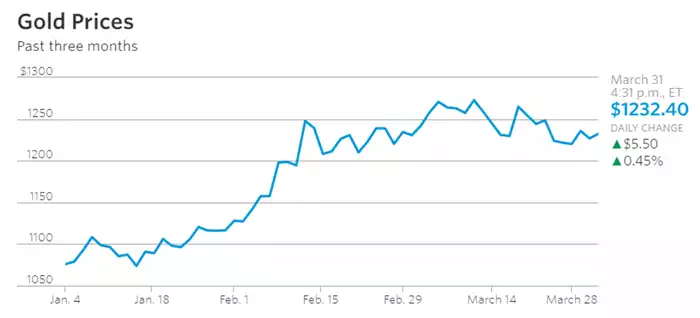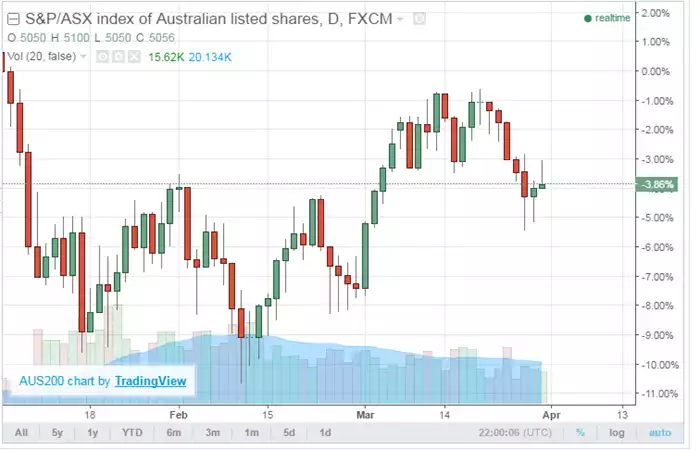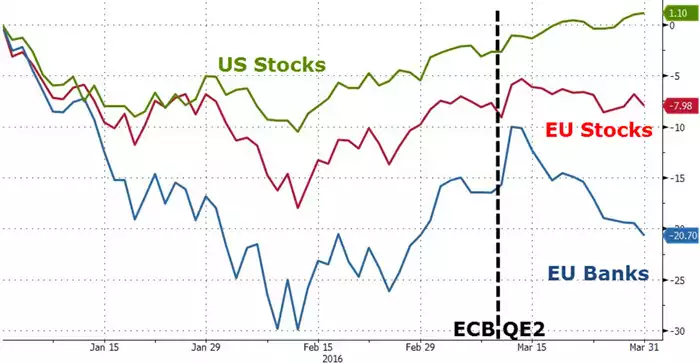Gold’s Q1 Relative Performance Summary
News
|
Posted 01/04/2016
|
5517
Today marks not only the end of the week but the completion of the first quarter of the year so it is a timely opportunity to take a look at the performance of gold year to date in what has been a turbulent and volatile period of time. In today’s weekly wrap, we comment on gold’s stellar performance this year and place it in the context of a strained equity market and inflated property landscape. In what turns out to be the year’s best performing major commodity, gold saw increases in excess of 16% in Q1 which is the best start to a year since 1974 and the best quarter since Q3 1986. For perspective, those years saw Gough Whitlam and Bob Hawke as Prime Minister respectively.

Although fading somewhat in the aftermath, gold’s appeal was boosted in response to Janet Yellen’s dovish presentation on U.S. monetary policy at the Economic Club of New York on Tuesday night where expectations of ongoing rate rises were quelled. Readers interested in more details on this event are welcome to read our Wednesday news article. Gold typically performs well in environments of extended low interest rates as yield in alternative investments is suppressed.
The precious metal has also seen benefit from what are now lingering concerns of global risk; recent examples of which include the Brussels attack on the 22nd of March (gold rose over 1% in response to that event alone) and concern over the consequences of a “Brexit” (a U.K. exit from the European Union). Apprehension around the notion that central banks are deficient in their capability to manage another GFC style event has also featured strongly in the media during the last quarter. Macquarie Group precious metals analyst Matthew Turner stated earlier this month that “gold does well when central bankers appear to be losing control”. One example of this was the Bank of Japan surprising markets with their transition to negative interest rates in late January. That event saw an increase in the use of the term “currency wars” which is a concept often discussed by lawyer, financial commentator and author Jim Rickards.
For a comparison of investment performance year to date, Australian stock market index investors have seen falls close to 4% as pictured below and although this is disappointing given the fact that the US markets have managed to achieve a 1% gain for the year, it compares favourably with the situation in Europe and especially in the European banking sector which have seen falls of approximately 8% and 21% respectively. In the latter case, these falls have been seen in the context of the ECB announcement earlier this month regarding the cutting of their main interest rates and the expansion of their massive bond-purchase program.


A Wall Street Journal article published overnight perhaps best summarises the safe haven zeitgeist surrounding gold at the moment by quoting RBC Wealth Management managing director George Gero: “People are reluctant to take profits on their gold positions because of all the insecurity the world is facing”.